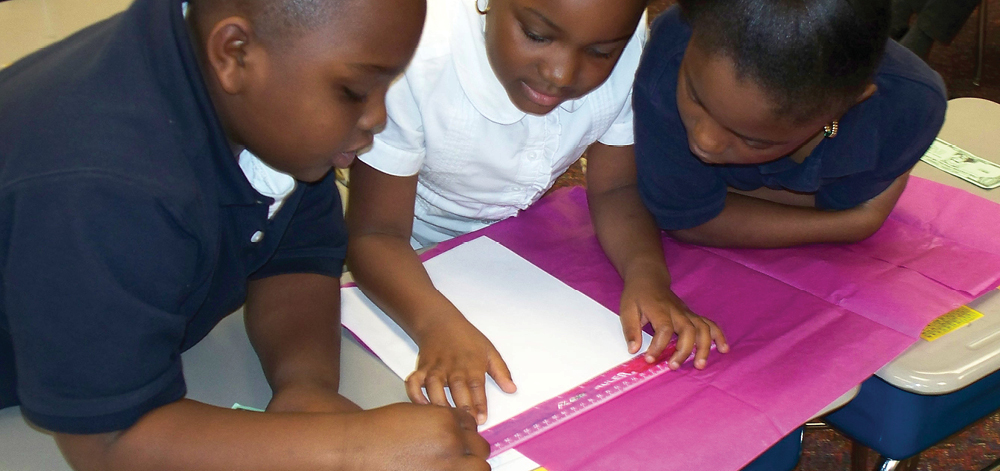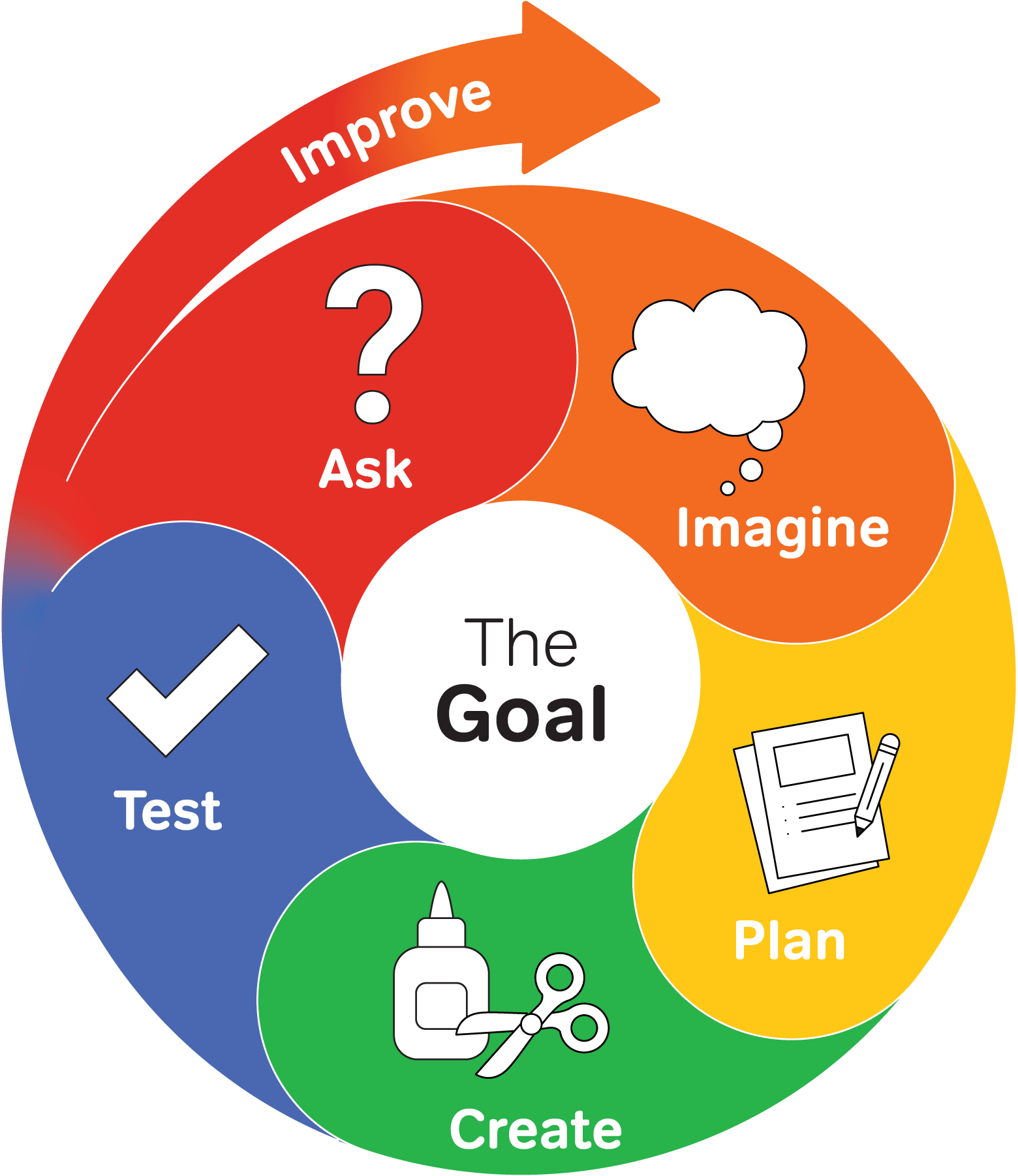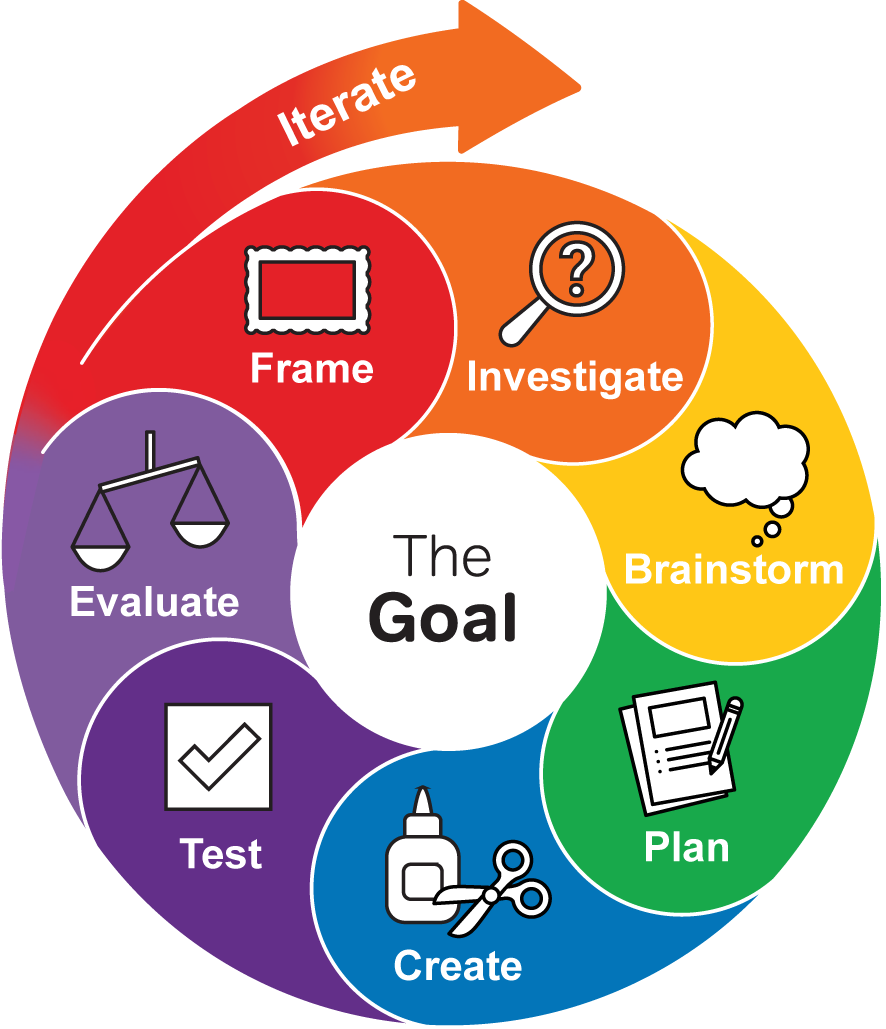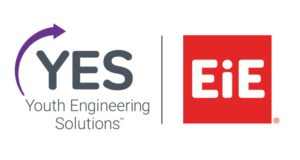
Engineering Design Process
Engineering Design Process
Engineers use a structured, iterative process to solve problems. YES organizes students’ work with an age-appropriate, cyclical, engineering design process. Naming design phases helps students understand the goal of the activity.
This is not a rigid process. As students engineer, they move back and forth between phases. After proceeding through the basic phases, learners improve their design by repeating the cycle.
YES Elementary Engineering Design Process
Elementary learners engage with a simple, five-phase process.

Ask
Students define the problem, identify the requirements for the design (criteria) and how their choices may be limited (constraints). This includes considering the needs of users and implications of the solution. They explore materials and consider which are best suited to the challenge.
Imagine
Students creatively brainstorm ways to solve the problem.
Plan
Students share and select their best ideas to generate one design. They sketch their plan and list the materials it uses.
Create
Groups work together to make the solution they designed.
Test
Each group tests its solution against the performance criteria. Groups share and analyze data to determine where improvements might be made.
Improve Cycle
Students improve their design by going through another iteration of the process.
Download the PDF.
YES Middle School Engineering Design Process
Middle school-aged learners engage with a seven-phase process.

Frame
Students examine a problem from multiple perspectives to identify the requirements for the design (criteria) and how their choices may be limited (constraints). This includes considering the needs of users and implications of the solution.
Investigate
Students explore scientific phenomena, materials properties, and other relevant questions through experiments, model construction, and research.
Brainstorm
Students creatively generate a number of possible solutions to the problem independently and in teams.
Plan
Drawing on evidence from the Investigate phase and their teamwork skills, students combine their best ideas to decide on one design. They sketch their plan and list the materials they will need.
Create
Teams work together to make the solution they designed.
Test
Teams test their solution against the performance criteria. Teams gather quantitative and qualitative data to determine how their design performed.
Evaluate
Teams analyze their data and identify opportunities for improvement.
Iterate Cycle
Teams iterate their designs by going through the Engineering Design Process again. This enables them to compare multiple designs and consider how to further improve their technology.
Download the PDF.
